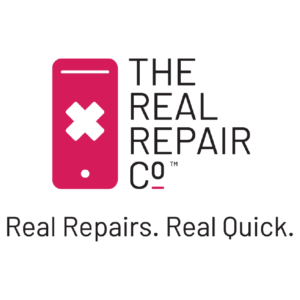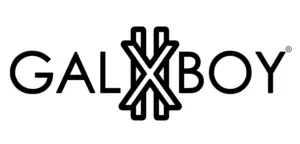As a business owner, you’ve probably heard the terms payment gateway and payment processor countless times. But do you know the difference? If you’re unsure, you’re not alone. Both are vital to processing payment transactions. However, while they’re both vital components of the payments journey, they do completely different things.
As an eCommerce business, you’ll need both, so understanding what they both do is important for making the right choice for your business. The Payflex team outlines the differences below:
What is a Payment Gateway ?
A payment gateway is a virtual “gate” that a transaction must go through before the payment process can continue. A payment gateway like Payflex, is the digital equivalent of a point of sale (POS) terminal. It acts as a middleman between the customers and the eCommerce merchant. The gateway passes transaction information from the merchant to the relevant banks through online payment services and APIs.
In addition, it encrypts the customer’s information to keep their data secure. The gateway is instrumental at both the beginning and end of the transaction. The customer enters their payment information and will then either receive approval or denial.
How does it work?
When shoppers check out via an eCommerce store, they enter their payment information on the checkout page. This is where a gateway comes in.
What is a Payment Processor?
A payment processor processes payments and authorises transactions. It communicates transaction information between the merchant, the issuing bank, and the acquiring bank. This typically occurs within a few seconds.
How does it work?
The processor communicates approval or denial back to the customer through the payment gateway. When the payment is approved, the processor will pass on the payment information to the acquiring bank.
What’s the main difference between the two?
Now that we know the basics, let’s move on to the specifics. What is the actual difference between the two? A payment processor essentially makes the transaction possible. While the payment gateway captures and sends the shopper’s data to the payment processor.
Conclusion
A lot goes on behind the scenes among multiple parties when it comes to online payments. And now that you’ve learned the differences between a gateway and processor, it’s important to consider what your eCommerce business needs from them. Both should facilitate a seamless shopping experience for the consumer. In addition, they need to be reliable, secure, fast, and affordable.
Payflex offers eCommerce merchants a simple, transparent, and affordable solution for your business. Our payment gateway integrates with many leading eCommerce platforms which makes getting started easy and fuss-free. Moreover, our partners experience significant growth when they integrate our platform. This includes up to 70% increase in order value, up to 80% repurchase rate, and up to 30% increase in sales.
Bottom line is, a gateway and processor are central to facilitating payments on your site, meaning your business cannot operate without them. If you are just getting started in the eCommerce space, make sure you do your homework, and choose the right payment gateway and payment processor. Your success will be largely dependent on their performance.























































